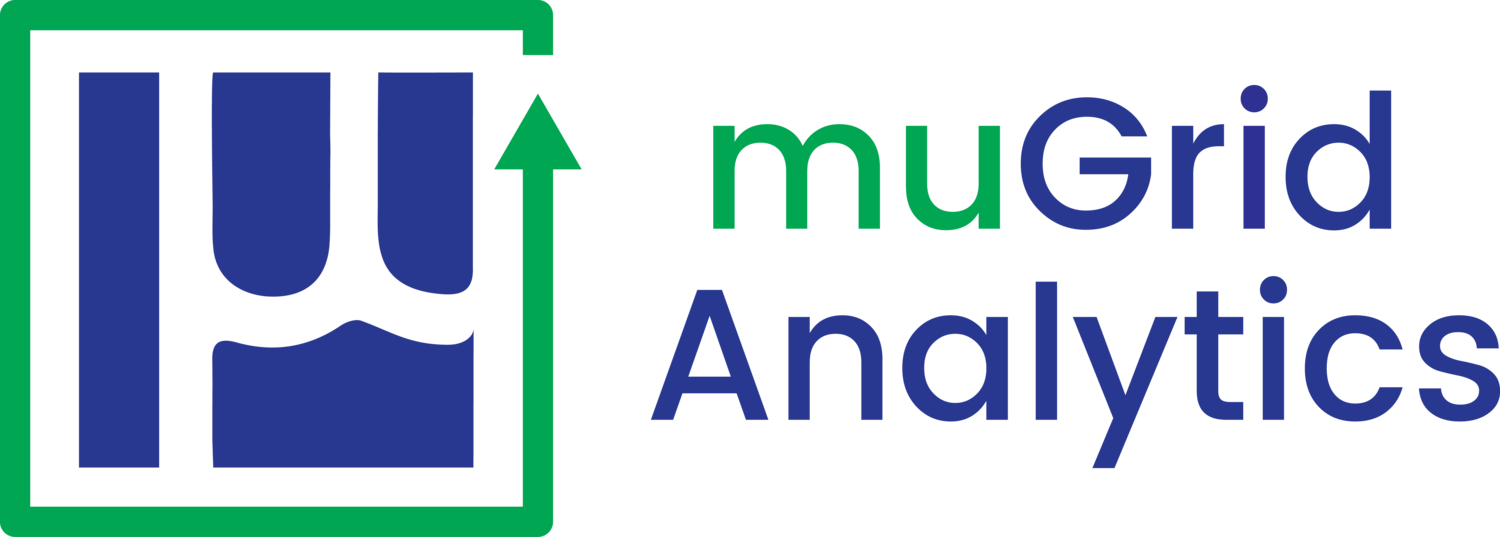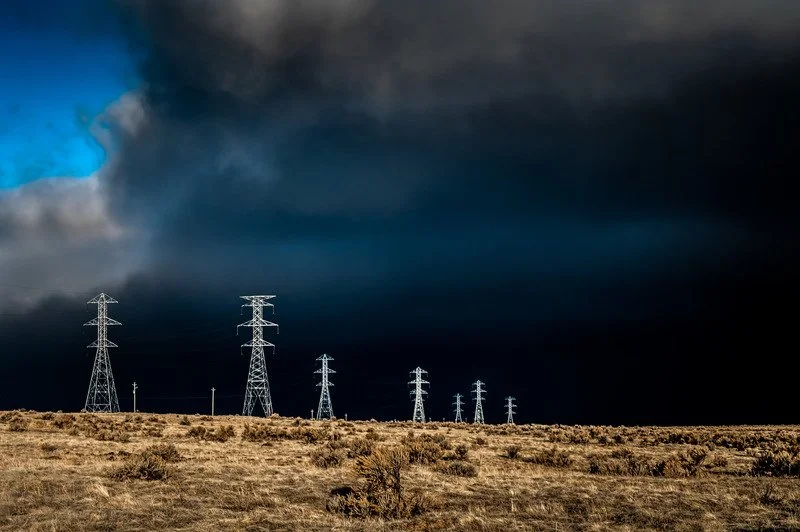Power in Preparation: How COVID-19 Affects Our Energy Architecture
Pandemic response and energy security are both emergency preparedness issues leading us toward a more distributed architecture.
A client recently asked the question, “How is COVID-19 going to affect the energy industry?”
Initially, it may not seem like a virus and energy resources are connected.
Are we afraid that the power is going to go out when we have a pandemic? No, not at first. Yet, the pandemic can affect the grid considerably since it changes the way people consume energy.
In fact, this pandemic is shining a spotlight on emergency preparedness in a completely new way. Both of these problems sit in emergency preparedness, which is something people don’t like to think about when the weather is great and everyone’s healthy.
Fundamentally – no matter what the emergency – the power must stay on or recover quickly from outages. Our critical infrastructure is entirely reliant upon our electric power sources working properly. The way we communicate (especially in the last few months), the heat or air conditioning that keeps us comfortable, managing and preparing our food supply, the ventilators or medical equipment keeping our loved ones alive – it’s all powered by electricity.
No matter what the emergency, the power must stay on.
For the past several years, various natural disasters have illuminated the need for resilience in the energy world. After Hurricane Sandy wiped out infrastructure, without heat in the middle of the frigid Polar Vortex last year, and even more recently during the rolling blackouts caused by the wildfires in California and Australia, people started crying out for a less centralized energy structure, wondering, “Why don’t we have microgrids?” Yet, six months later, the same people said, “Ooooh, that’s expensive,” forgetting as time passes what it was worth to them in the midst of disaster.
We don’t like to picture the worst-case scenarios, but we do need to prepare for them as best we can. In the energy industry, we call this resilience. Though largely subjective based on the needs of a community, resilience can most simply be defined as either keeping the power on or recovering quickly from an outage with a strong level of reliability.
In our current crisis, no one was really thinking that a pandemic would be the emergency we needed to prepare for. Though clearly not a weather disaster, the COVID-19 pandemic is an emergency where power is critical and needs to be on our energy radar.
As you’ve surely heard repeatedly by now, the emergency preparedness solution for reducing the spread of the virus is in self- isolation and limiting community spread. And as you likely know, we accomplish this by decentralizing the population, or #stayinghome. Many of the places we’re having problems with the biggest community spread, like in New York City, are places with the most concentrated centralization of population.
So, how do you protect yourself and your family in the case of a virus? We get more distributed. If you can get out of the city, you get out of the city. If you can stay home, you stay home.
As we further decentralize ourselves and our infrastructure, we find ourselves in a parallel movement with the energy industry toward a more distributed energy architecture. This has already been an ongoing discussion in the energy world around resilience and energy preparedness for natural disasters.
No matter what, our livelihood and even our very lives can depend on the power either staying on or coming back on as soon as possible. It all comes back to emergency preparedness, whether at the state or local level.
A Brief History of Energy Infrastructure
Basically, once Thomas Edison designed our grid to rely upon alternating current in order to transmit electricity along large distances, our energy infrastructure has been fundamentally the same for 150 years.
The grid has a centralized generation architecture, traveling out from generation hubs to everyone, sometimes over very long distances. With fossil fuels as our main fuel source, it’s most efficient to build one large coal plant, rather than several smaller ones. These large, centralized plants were and often still are located out of sight and out of mind from the average consumer.
Do you know where the plant is that generates your electricity?
Is it a dam? A coal-fired power plant? Does it run on natural gas? How many renewables feed the grid in your area? Most people don’t really know. You turn on the light with the light switch, then the light comes on. Of course, consciously we know it’s not as simple as that. But subconsciously, electricity comes from the plug in the wall and we know that if we plug in, there will be electricity. We expect it to always be there.
Traditionally, a centralized structure where our energy comes from “somewhere big” has worked, most days and in most locations.
And in the power industry, this works until we:
Run out of fossil fuels,
Cause ridiculous global warming, ultimately forcing us into making a change, or
Lose infrastructure due to a hurricane, a Polar Vortex, a blizzard, forest fires, or any other natural disaster.
But when these types of disasters strike, as mentioned before, that’s when we begin exploring alternatives, considering that maybe a little independence and distribution in the name of emergency preparedness is a good thing.
The Renewable Energy Revolution
And that’s why energy has been moving to a more distributed architecture over recent years.
For instance, if you’re in a small town, perhaps one municipal power plant powers the whole city, representing one step of a distributed architecture. Instead of having your generator off in an unknown, remote place, traveling major distances to your location, now it’s in your town. And if you’ve seen a power plant like this, then you know where your power comes from.
Small towns, such as Orville, Ohio, may have their own generation architecture. This municipal power plant recently converted to natural gas from coal to provide cleaner energy for residents.
Now we can take that to an even more individualized level. What if you had generation capability sitting right next to you – on your house roof, in your business, or in your neighborhood as part of a community solar project with all of your neighbors?
And what if we could make that resilient? What if your fire department had that? What if your food bank had it, too? What if your senior living facility had that? Resilience hubs in cities are excellent examples of local governments working with community-based organizations to make energy resources and other programs more accessible in exactly this way.
Even utilities are migrating to more distributed assets, realizing it’s not always ideal to have generation assets clustered together all in one place. They are trying to geographically distribute their generation assets by adding solar panels, wind farms, and batteries in different areas.
Distributed Architecture for Emergency Preparedness
It’s all about empowering municipalities and localities – and even individuals – to be independent and distributed when they need to be – and to work for the good of the collective when they can.
Anyone caring for critical patients more than likely already has some sort of generator. But it’s intended to be a temporary situation and not a long-term solution.
Similarly, distributed architectures are also providing relief to the grid during peak power events. And there are many pioneering programs out there currently. In fact, Massachusetts and and Rhode Island just rolled out their new Demand Response program, Connected Solutions. Here at muGrid, we’ve actually had the opportunity to perform analysis on this program, which is incentivizing private owners, private facilities, and municipalities to install resilient power assets that include battery storage in order to contribute to the grid.
This is what the renewable energy revolution is causing. In both pandemic response and energy security, it’s all about empowering individuals to be independent when they need to be. And when we’re able to again come together as a community, this supports us powerfully to provide services and support for the benefit of everyone.



